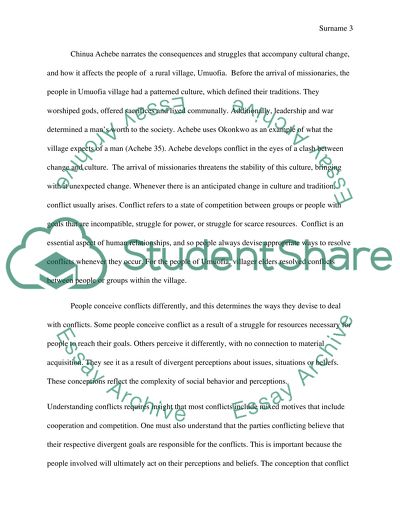Cite this document
(“Chinua Achebe's Things fall apart Research Paper”, n.d.)
Retrieved from https://studentshare.org/english/1435339-you-may-pick-your-own-scholarly-topic
Retrieved from https://studentshare.org/english/1435339-you-may-pick-your-own-scholarly-topic
(Chinua Achebe'S Things Fall Apart Research Paper)
https://studentshare.org/english/1435339-you-may-pick-your-own-scholarly-topic.
https://studentshare.org/english/1435339-you-may-pick-your-own-scholarly-topic.
“Chinua Achebe'S Things Fall Apart Research Paper”, n.d. https://studentshare.org/english/1435339-you-may-pick-your-own-scholarly-topic.


